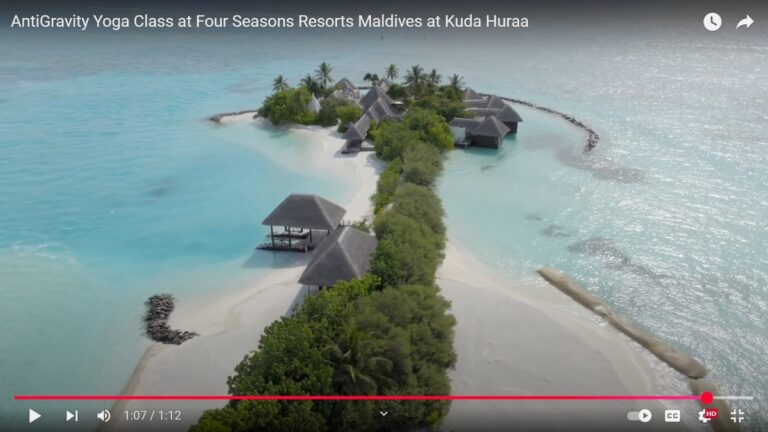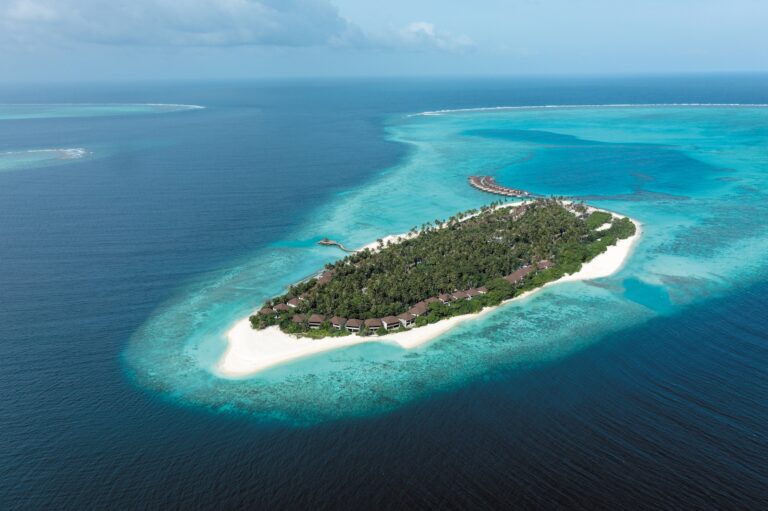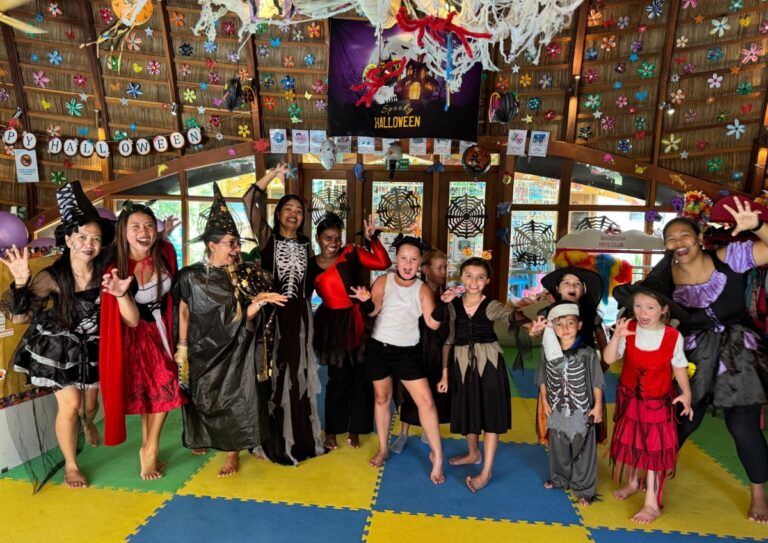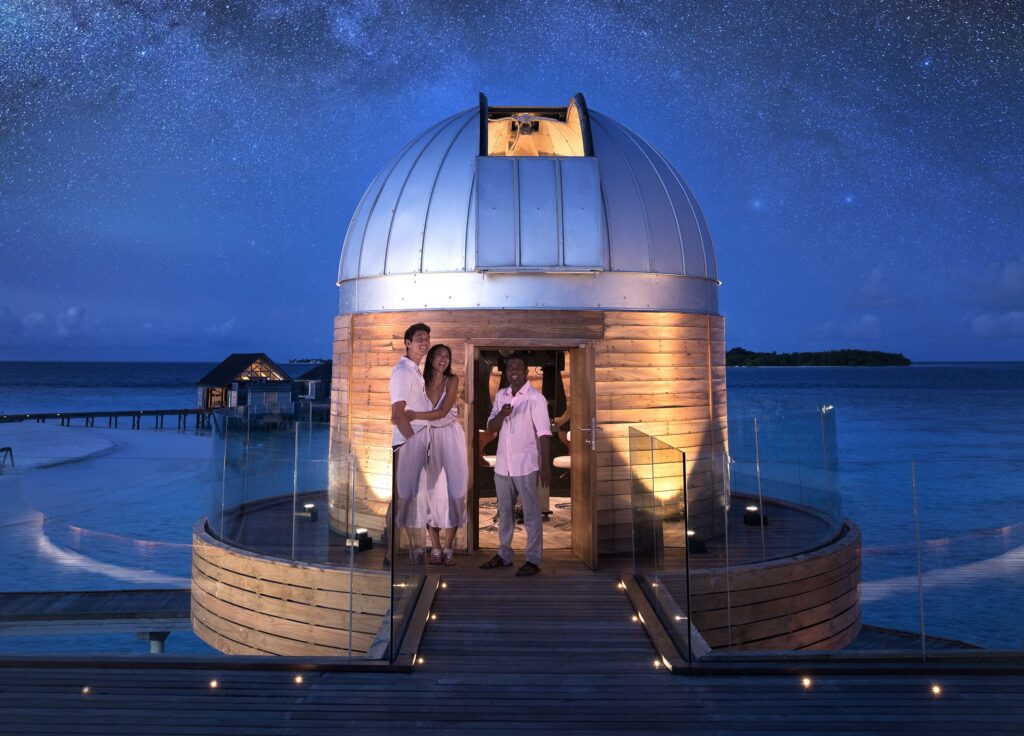
They may be two of the ultimate Maldives travel experiences – but have you ever noticed the connection between whale sharks and night skies?
Five degrees above the equator, the engorged stars burn brightly above the velvet ocean. There’s virtually no light pollution to dilute the inky canvas above, which gives them a laser-sharp clarity. I reach out my fingers as if to pluck a star suspended in the thick, sultry air. Metres away, the ocean whispers as it meets the coral sand beach under a blanket of darkness.
In the low-lying Maldives, the sky and the ocean take centre stage. The topography and lack of tall constructions begets infinite panoramas. I lean back on a plush cushion, sipping a lychee cocktail at Anantara Kihavah’s SKY Over Water Observatory. Anantara’s ‘SKY Guru’, Ali Shameem, is teaching me about the night skies seen from the Maldives. SKY is one of only a few observatories found in the country.
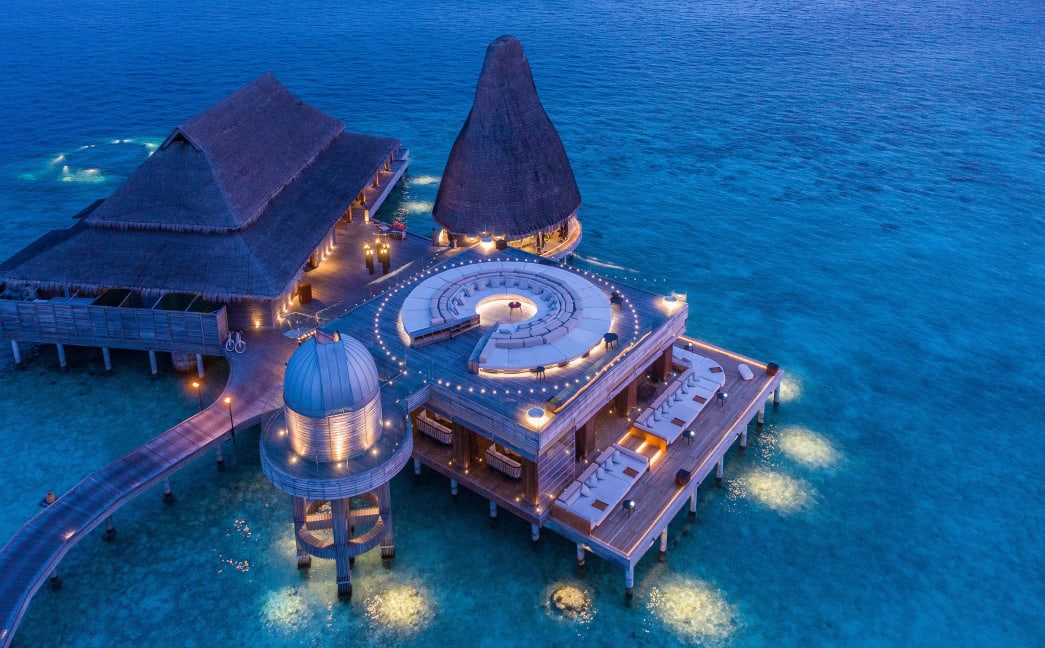
“Growing up on an island without electricity, the brilliance of the stars always captivated me,” says Shameem. As a child, he saw the constellations in the sky as a puzzle to play with. Having spent years admiring the night skies and teaching himself to map the stars (as many generations of Maldivians did before him), Shameem now shares his knowledge as a professional astronomer with Kihavah’s guests.
Shameem points out the ochre planet of Saturn through the resort’s powerful telescope. Next, Messier 13. Located 150 million light years away, it’s sparkling cluster of 300,000 stars. That’s almost two stars for every person living in the Maldives, where the population currently stands at 520,000.
But ‘stars’ aren’t merely confined to the skies in this magical destination.
Many tropical island cultures have long recognised the resemblance between stars in the sky and the ‘stars’ scattered across the backs of whale sharks. As such, many names for whale sharks when translated into English often incorporate words meaning ‘stars’ or ‘silver’, such as the Javanese name, geger lintang (stars on the back). In Dhivehi (the Maldivian language) the name for whale sharks is fehurihi. Rihi means silver in English.
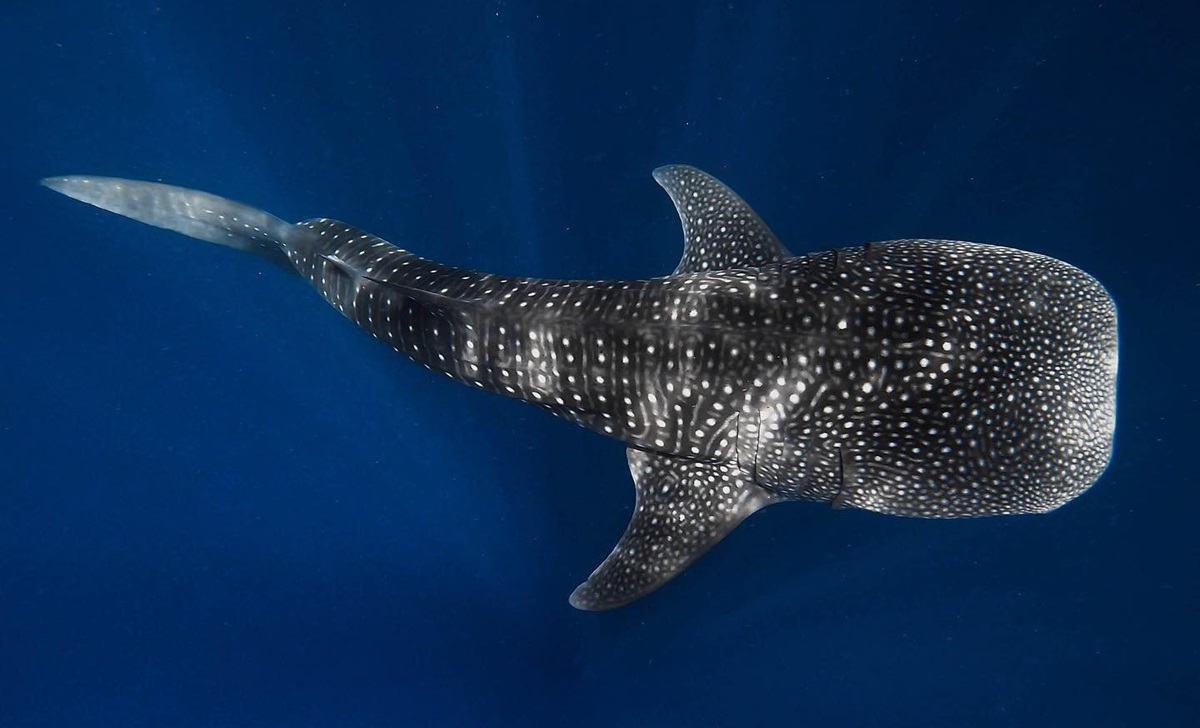
The Maldives has a year-round whale shark population which rotates seasonally around two hubs. From April/May to October/November, whale sharks frequent Thaa Atoll as well as Baa Atoll UNESCO World Biosphere Reserve (the latter is where Anantara Kihavah is located). They swim south to Ari Atoll in October/November, before swimming north again when the monsoon changes in April/May. Mantas also follow a similar migratory pattern during the monsoons.
Hanifaru Bay is a 10-mile (16km) cruise from Kihavah aboard the 24m ‘Ocean Whisperer’. This romantic wooden sailboat can take you there for a day charter or overnight cruise, or you can join a group dhoni excursion. During this time, often peaking around June/July, a rare phenomenon occurs in Hanafaru Bay. Dozens of mantas (up to 200 have been recorded at once) aggregate here and feast on plankton trapped in the bay in a spectacular ‘zooplankton ‘feeding frenzy’. They are sometimes joined by a whale shark or two.
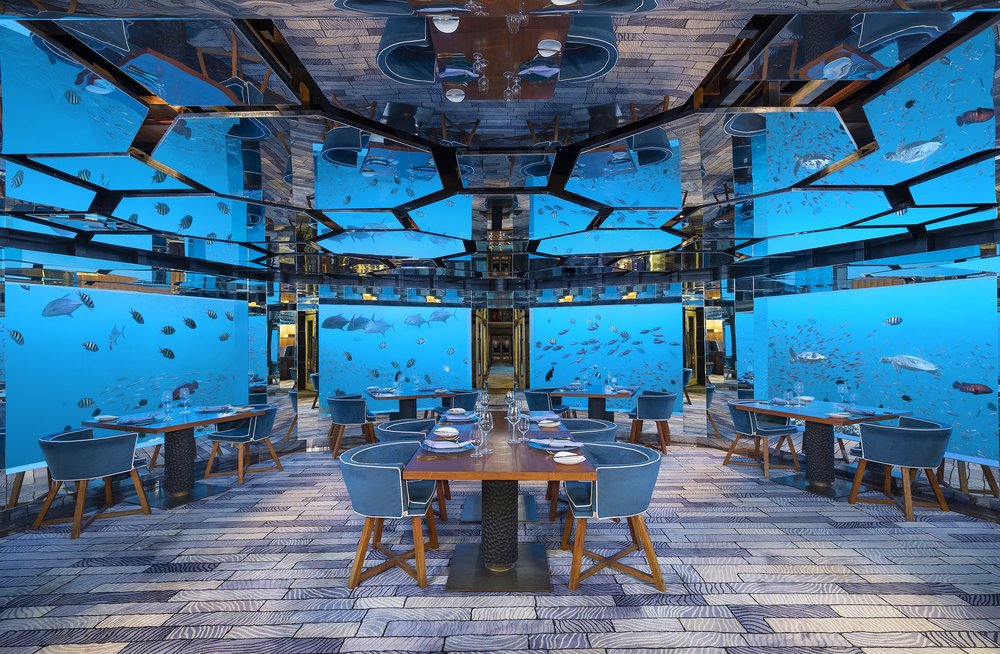
The colourful underwater kingdom can also be admired (chilled glass of champagne in hand) from another perspective at the phenomenal SEA at Kihavah – one of the world’s only underwater restaurants. Surrounded by glass and mirrors, I gaze out at the reef and sip a wine flight prepared by SEA’s Wine Guru. Much of the coral seen from the restaurant is ‘adopted’ by guests via the resort’s coral-planting conservation project.
Insider tip
Shameem recommends looking out for Saturn, Omega Centauri and Orion Nebula from the Maldives; check out @anantarakihavah on Instagram for highlights.
Viewing stars from anywhere
Download the free SkyView Lite mobile app – it’s my favourite astronomy app and I use it all the time. There are other similar apps around, but with SkyView when you point your phone at the sky and move it around it instantly identifies the planets, constellations and even satellites you’re looking at. Sunset is around 6pm year-round and twilight is brief, so you won’t believe how much use you’ll get out of it on the islands. Download Skyview Lite here for Apple and here for Android.
Whale Shark Encounter Advice
Before you swim with mantas and whale sharks, get clued up on the national guidelines to avoid being fined or harming them. Mantas are covered in protective mucus so they could develop lesions just from the bacteria in your touch. Remain 3m away at all times – no matter what you see others doing. Approach from the side and don’t block their path or chase them as you could also scare them away from important feeding and breeding areas. The handy video above is a great explainer.

